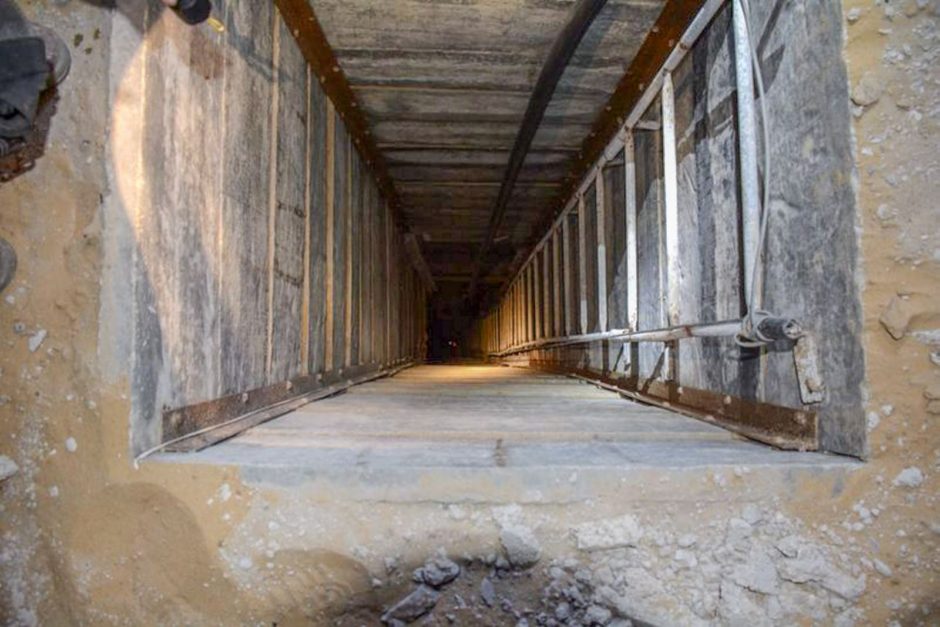Israel is haunted by the specter of Palestinian attack tunnels.
During Operation Protective Edge, the 50-day Gaza war in the summer of 2014, the Israeli army found and destroyed 34 such tunnels, which the Palestinians regard as a strategic weapon in the face of Israel’s overwhelming military superiority.
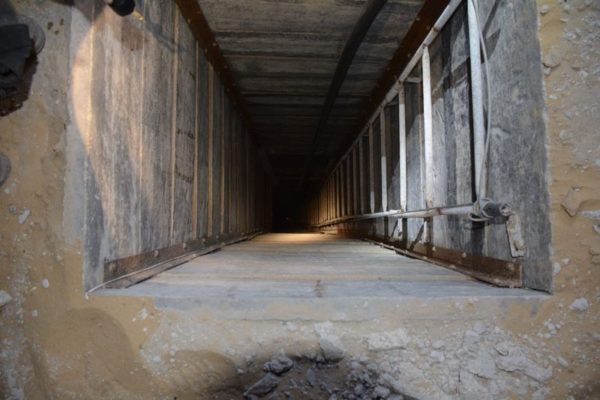
Israel’s search-and-destroy mission took place after the Israeli army invaded the Gaza Strip, which has been fully controlled by Hamas — an Islamic fundamentalist organization which rejects Israeli statehood — since June 2007.
Israel has invested about $250 million in a tunnel-detection system since the end of the last war, but the Palestinians in Gaza keep building tunnels. By one estimate, 1,000 men are assigned to the project. Last year, a dozen diggers were killed in tunnel collapses.
According to news reports, Israelis living adjacent to Gaza have heard and felt the sounds of digging.
Since April 18, Israeli soldiers have discovered and neutralized two tunnels extending into Israel. These discoveries, made by Israeli troops operating just inside Gaza, triggered a new round of fighting in the first week of May which ended after Egypt arranged a ceasefire.
Shortly before the latest outbreak of cross-border tension, Prime Minister Benjamin Netanyahu toured the region near Gaza and inspected a disabled tunnel. He said that the period since the war had been the quietest in several years.
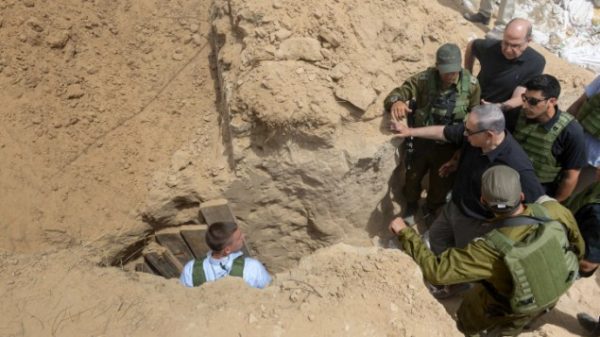
Reacting to Israel’s intrusions into Gaza, Gaza’s prime minister, Ismail Haniyeh, said that Israeli forces had penetrated up to 200 metres into Gaza, which has been under an Israeli naval blockade since Hamas’ victory in the 2006 election.
“We are not calling for a new war, but we will not under any circumstances accept these incursions,” he declared.

The Popular Resistance Committee — a Palestinian faction which kidnapped and dragged Israeli soldier Gilad Shalit into captivity in Gaza via a tunnel in 2006 — issued a warning as well: “The Israeli army’s continued destruction of the Palestinian resistance tunnels will ignite a new war. The resistance cannot remain silent to the Israeli army’s destruction of one of its most important military weapons. The resistance will do everything in its power to protect all of its military achievements.”
Israel responded to these warnings by asserting that tunnel-busting operations will continue as long as Hamas builds tunnels.
Hamas began constructing attack tunnels following Israel’s invasion of Gaza in Operation Cast Lead in late 2008 and early 2009. The tunnels were supposed to improve Hamas’ offensive capabilities.
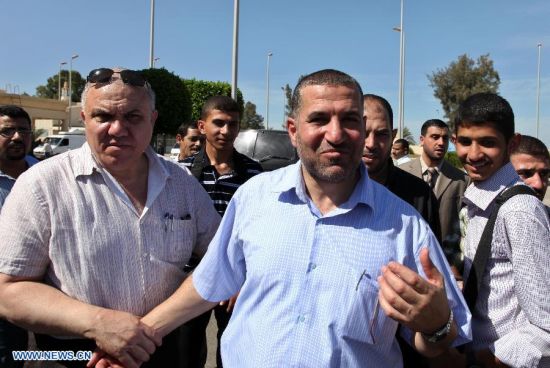
Construction was under the supervision of Ahmed Jabari, the deputy commander of Hamas’ armed wing, the Izz ad-Din al-Qassem Brigades. He was killed on November 14, 2012 in an Israeli air strike as Israel launched Operation Pillar of Defence in retaliation for a succession of Hamas rocket attacks against Israeli communities near the border.
Before last week’s flareup between Israel and Hamas, voices on the right and the center took Netanyahu to task for having failed to counter the threat posed by tunnels.
Education Minister Naftali Bennett, the leader of the Jewish Home Party, and Avigdor Liberman, the former foreign minister, urged Netanyahu to smash the tunnel network sooner rather than later. Isaac Herzog, the opposition leader and head of the Labor Party, advised Netanyahu to “bomb the tunnels.”

In reply, Netanyahu said, “We are working methodically and calmly against all threats, both with defensive and offensive measures.” He did not elaborate.
The latest tension along the Gaza border unfolded against the backdrop of reports that Hamas has replenished its stockpile of rockets.
Prior to the 2014 war — which claimed the lives of 1,200 Palestinians and 70 Israelis — Hamas had about 12,000 rockets in its possession. During the fighting, the various Palestinian factions in Gaza, including Islamic Jihad, fired some 4,600 rockets at Israel, many of which were intercepted by the Iron Dome anti-missile system.
Today, Hamas is said to have the same number of rockets in its arsenal as two years ago. Manufactured in Gaza workshops, they are supposedly inferior to rockets Hamas acquired from Iran via smuggling tunnels from the Sinai Peninsula.
Hundreds of these tunnels have been flooded or destroyed by Egypt since Abdul Fattah el-Sisi assumed power in a coup d’etat in the summer of 2013. Sisi has accused Hamas of working in collusion with the now-banned Muslim Brotherhood, a claim the Hamas leadership vigorously denies.
But Hamas continues to build attack tunnels, which “reach deep into the territory occupied in 1948,” according to Mahmoud Zahar, a co-founder of Hamas. Zahar claims the tunnels are defensive in nature, a hedge against “Israeli aggression.”
Israel, of course, does not buy this falsehood
Zahar claims that Hamas does not seek another war. “We are not looking for any confrontation with Israel,” he said.
Right now, when Hamas is still is recovery mode from the last war, this may be true. But Hamas is constantly preparing for fresh hostilities. Since Israel’s unilateral withdrawal from Gaza in 2005, Israel and Hamas have fought three wars and numerous skirmishes. Observers believe that yet another war will break out in the not-too-distant future.
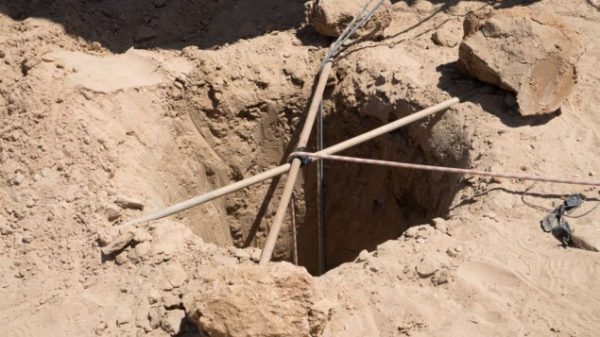
When that happens, the Palestinians will likely try to launch attacks against Israel by way of their cross-border tunnels. In an interview with the Times of Israel this past January, a Hamas commander predicted that his forces will operate inside Israeli territory in the next war.
Clearly, Israel is doing its best to prevent that scenario from ever materializing.
